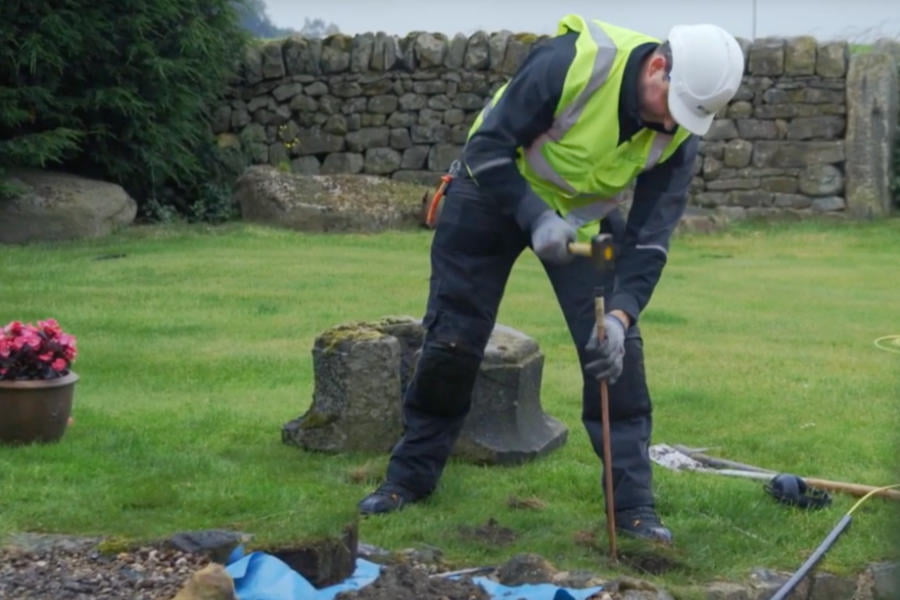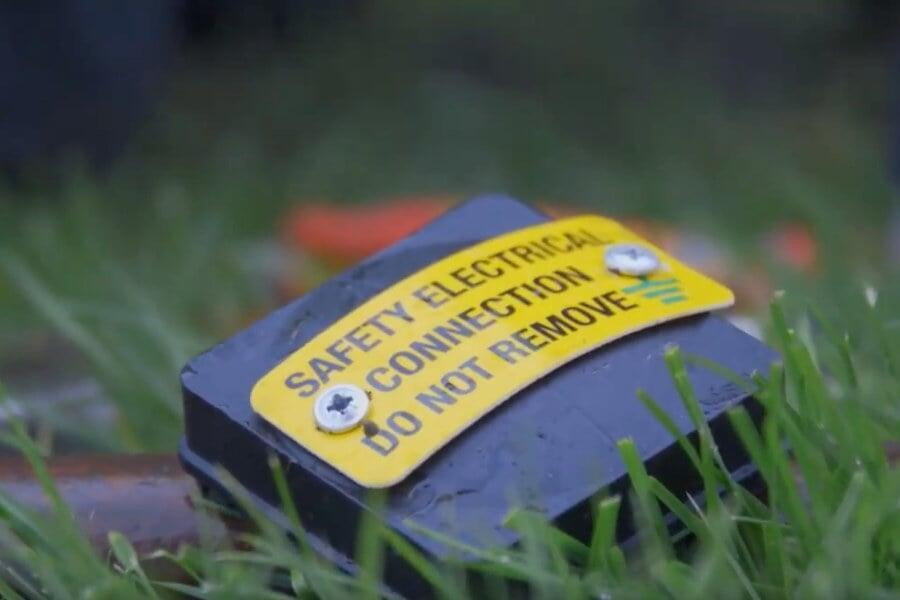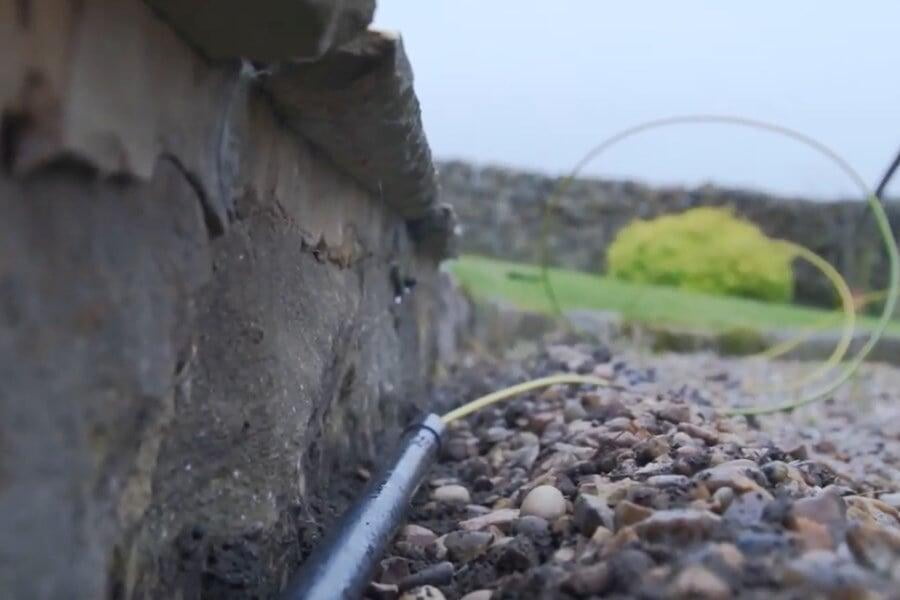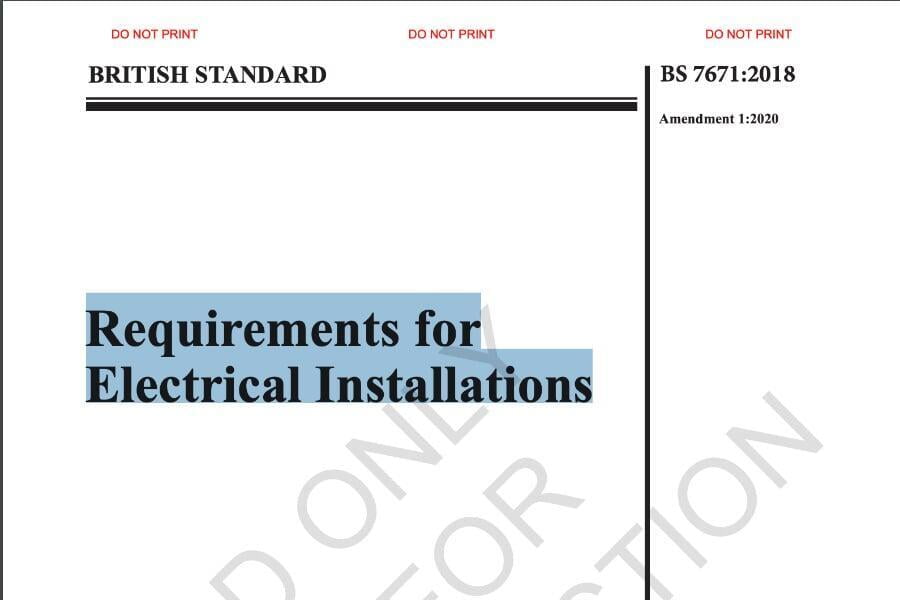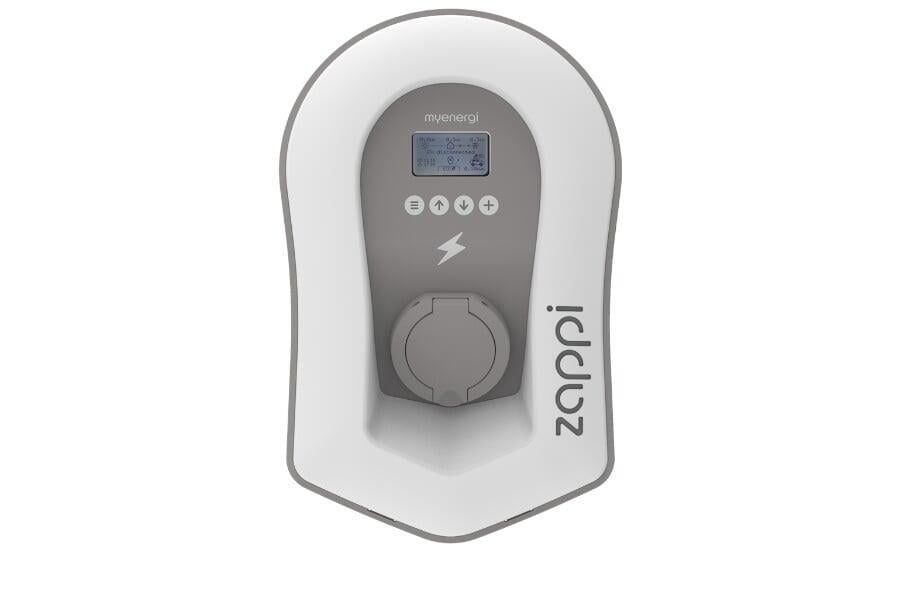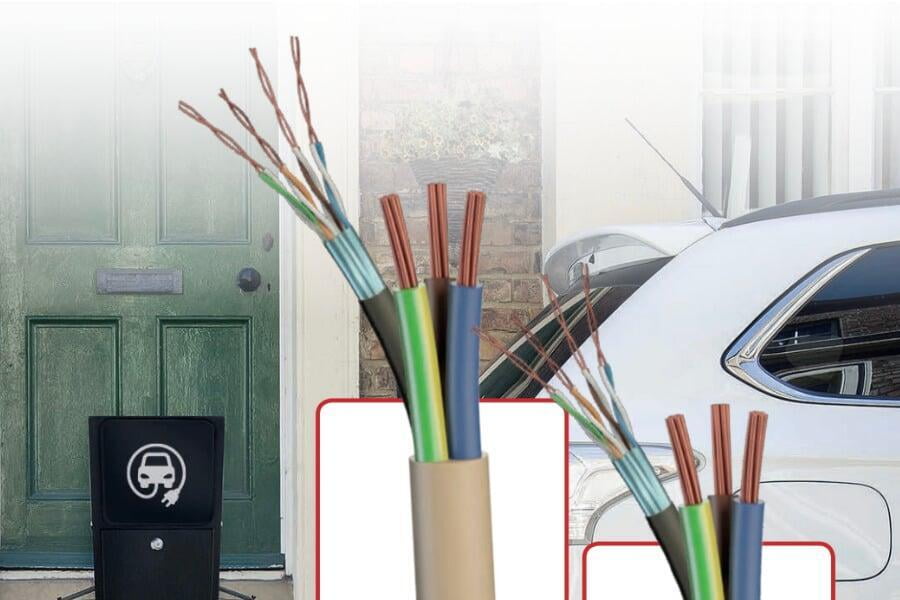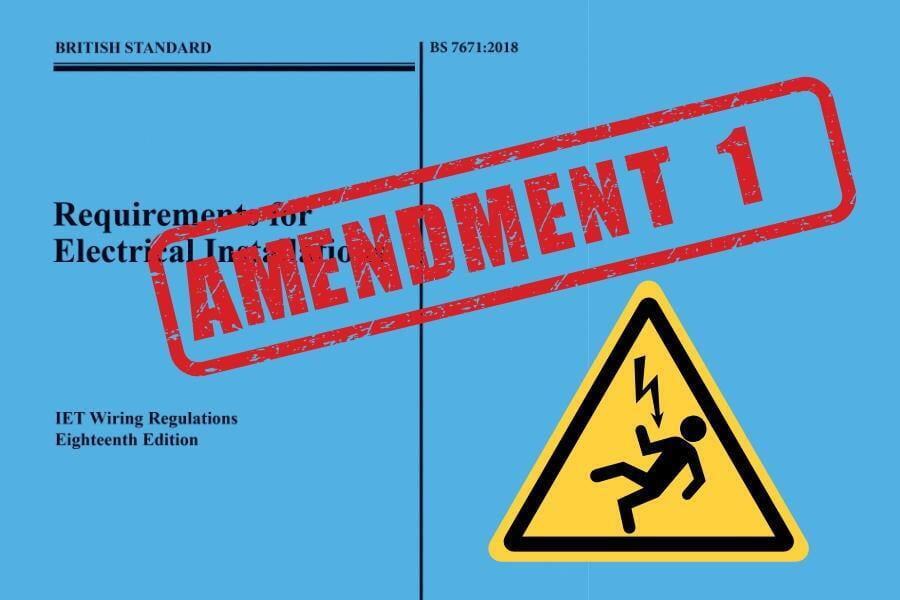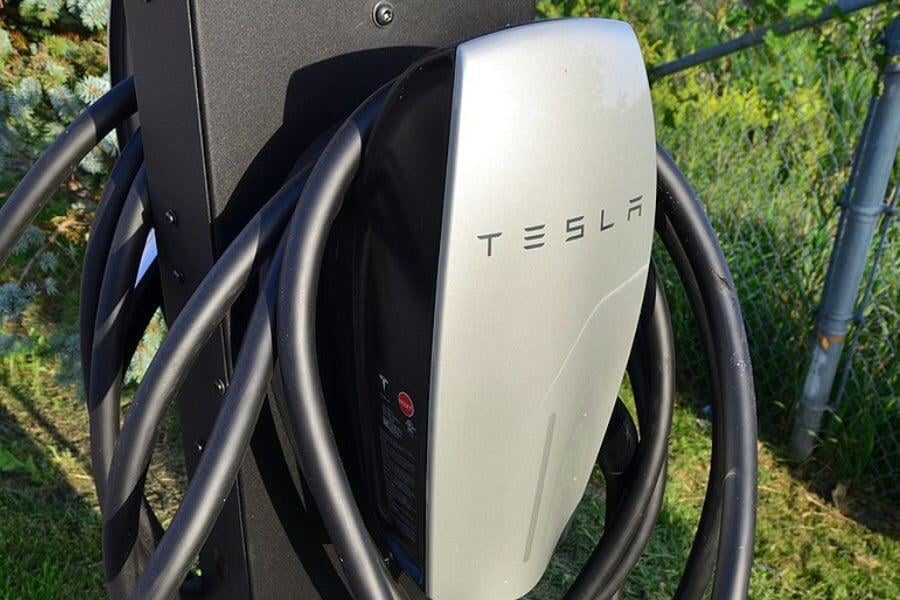18th edition amendment 1: The IET reverses over earth rods.
By Gordon Routledge
Monday 3rd February 2020
SHARE IT
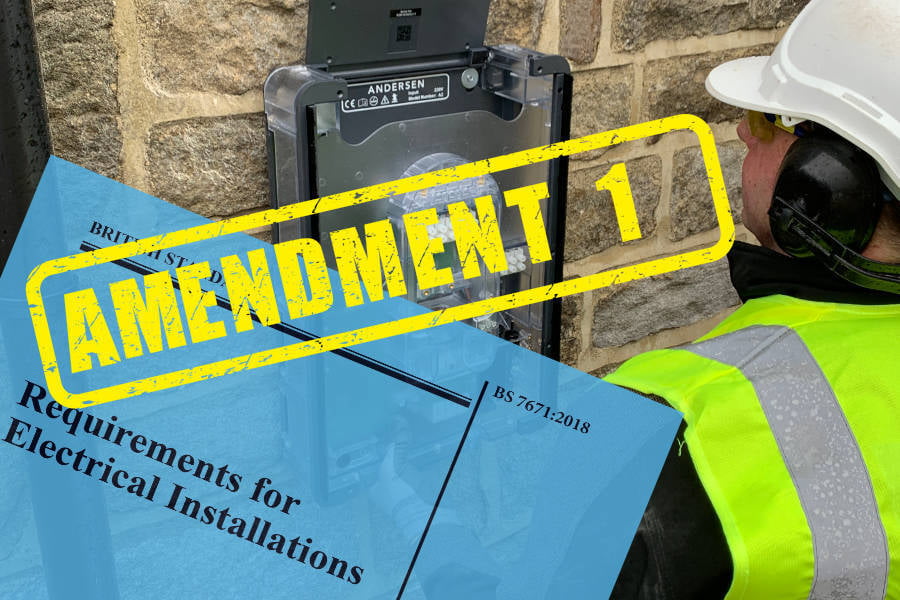
Video report: Gary Hayers and Joe Robinson get to grip with the new amendment
The original 18th edition also allowed another way of compliance. What became known as a unicorn device. Called a unicorn as the technology didn't exist when the regulations were published. In other words, intelligent electronics which could monitor the incoming supply looking for a PEN fault and disconnecting the EV charger. However, the original reference contained within regulation 722.4.4.1 (iii) left a few grey areas. The regulation specified a voltage measurement of 70V RMS been the protective conductor and Earth. That's the earth with a capital E, the stuff we stand on. So how can you measure that without an earth electrode?
Indent (iii) closed with a note "Equivalent functionality could be included within the charging equipment."
Creating a TT earthing system for charging equipment or the whole installation as an alternative to using a PME facility with one of the methods (i) to (v) above may not be an appropriate solution due to the inability to provide sufficient separation from the buried metalwork connected to the supply PEN conductor.
View the full version of BS7671 Requirements for Electrical Installations - Amendment 1:2020 - Here >>
